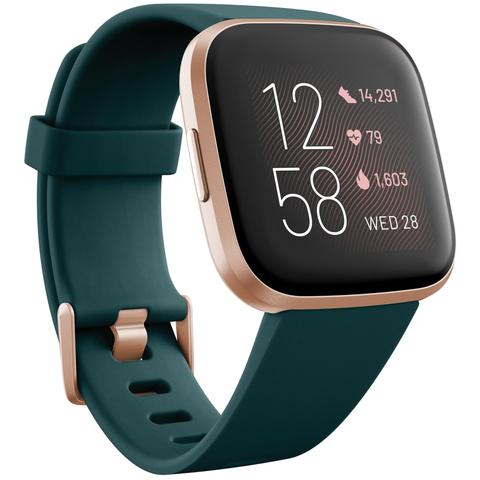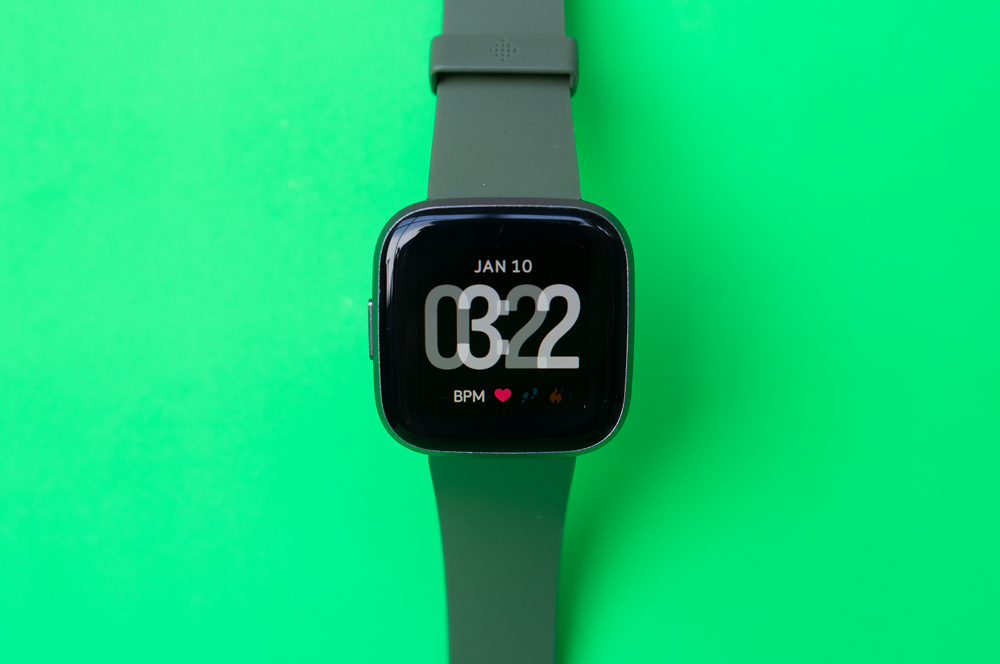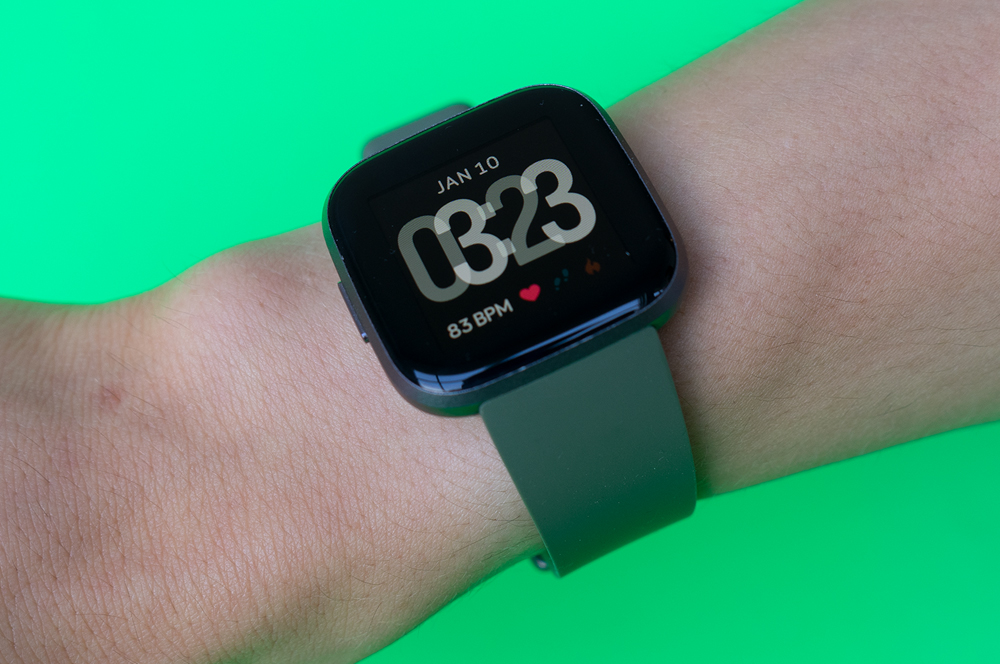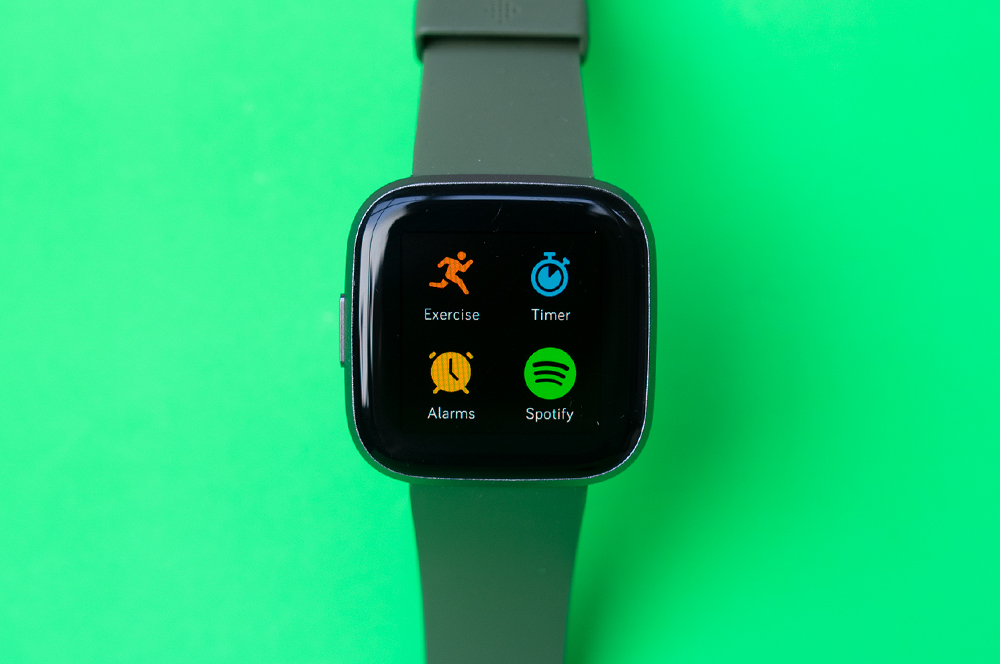Optus Mobile Review ALDI Mobile Review Amaysim Mobile Review Belong Mobile Review Circles.Life Review Vodafone Mobile Review Woolworths Mobile Review Felix Mobile Review Best iPhone Plans Best Family Mobile Plans Best Budget Smartphones Best Prepaid Plans Best SIM-Only Plans Best Plans For Kids And Teens Best Cheap Mobile Plans Telstra vs Optus Mobile Optus NBN Review Belong NBN Review Vodafone NBN Review Superloop NBN Review Aussie BB NBN Review iiNet NBN Review MyRepublic NBN Review TPG NBN Review Best NBN Satellite Plans Best NBN Alternatives Best NBN Providers Best Home Wireless Plans What is a Good NBN Speed? Test NBN Speed How to speed up your internet Optus vs Telstra Broadband ExpressVPN Review CyberGhost VPN Review NordVPN Review PureVPN Review Norton Secure VPN Review IPVanish VPN Review Windscribe VPN Review Hotspot Shield VPN Review Best cheap VPN services Best VPN for streaming Best VPNs for gaming What is a VPN? VPNs for ad-blocking I’ve been asking these questions to friends and family a lot lately, trying to collect a variety of opinions from the people I know who use smartwatches and fitness trackers. Strangely, most of these people said something completely different. For some, the fitness tracking aspect is now an indispensable part of their daily routine. In fact, it could be argued that their watch was now calling the shots having established a pattern of guilt, shame and obligation to fitness that the watch now demands though its daily goals. For me, I feel like all of these things are important but there are a few things that separate the great devices from the pack; namely comfort and battery life. I also quite like wearing a watch to see the time. Let’s take a look at what we love and hate about the Fitbit Versa 2 and see how it stacks up against an Apple Watch. You connect the Versa 2 to your phone using the Fitbit app and can see when someone is calling, messaging you or when you receive an email. You can select to see notifications on the Versa 2 from a long list of apps, like WhatsApp and Slack. At the same time, the Versa 2 is keeping constant watch on every step you take and has exercise modes that you can use to manually keep a record of your workouts. The big difference between the Versa 2 and a number of other smartwatches is that you can’t use it to make and receive calls. Smartwatches like the Apple Watch 5 can support eSIM technology which can be linked to your watch as well as your regular mobile phone account. This means you can leave the house without your phone and rely solely on your watch. This is cool, but expect to pay a lot more than the price of a Versa 2 for the privilege. It’s remarkable when you think about it. Apple estimates you will need to recharge its Apple Watch every 18 hours which barely covers someone’s regular waking hours. Samsung’s new Galaxy Watch Active is supposed to last for about 60 hours, or two-and-a-half days. The Versa 2, by comparison, should stay awake for over 120 hours; longer in my personal experience. The secret here probably boils down to the Fitbit’s lack of connectivity and lower resolution display. It’s definitely a trade-off, but one that I think is more positive in a device like this. The AMOLED display is bright and clear, but definitely a lower quality compared to an Apple Watch Series 5. There is a visible bezel around the display that you don’t see on other smartwatches, but I can’t say this has ever bothered me while wearing it. Both watches tell the time, track exercises and heart beats, notify you when you get a call or a message and let you control some apps on your phone, like Spotify. You can speak into both the Fitbit and Apple watches via built-in microphones, but only Apple devices have speakers to speak back. But as mentioned above, the really notable difference is battery life. Apple estimates that you should get 18 hours of use between charges, though this could be even less depending on how often the screen is on. Fitbit estimate 5 days between charges for the Versa 2. In other words, it is 18 hours versus 120 hours. The Apple Watch app ecosystem is definitely more robust, meaning there is more you can do with an Apple Watch if you dig around for third-party apps for functionality. But ultimately the question boils down to how much do you want to do with your watch? This question may be the deciding factor if you are tossing up between a Fitbit or an Apple Watch. For starters, there are a few things I think should be part of the basic suite of apps developed by Fitbit. A major part of using Fitbit as a service is monitoring your weight, and by extension your food and water intake. There really should be ways of using the Versa 2 to push this info to your account, but there’s not. Third-party solutions exist for some of these tasks, but don’t expect a smooth, elegant experience. I found apps to manually input current weight, and another to plug in the amount of water I drink and both were really rudimentary.



